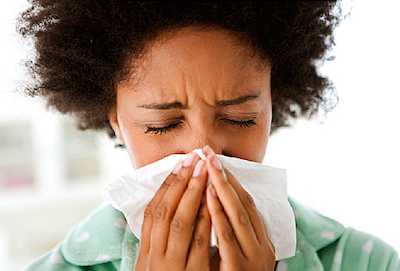As the U.S. 2017 – 2018 flu season rises to the level of epidemic proportions, health organizations all over the world are reporting increased numbers of deaths attributed to the flu virus. The U.S. Centers for Disease Control and Prevention (CDC), tracks influenza related deaths but does not only base these numbers on death certificates that state ‘influenza’ as the official cause of death. They are aware that the flu virus may contribute to other causes of death such as congestive heart failure, chronic obstructive pulmonary disease, and pneumonia.
Doctors offices, hospitals, primary medical care centers, and urgent care clinics all over the United States are being deluged by patients with severe and life-threatening complications from this season’s virulent outbreak. Otherwise healthy adults and children are succumbing to their symptoms and dying quickly, often within 48 Hours of showing symptoms.
So how exactly does the flu virus lead to mortality so quickly? A NBCNews.-com article lists three main reasons: “Co- infection with another germ, usually bacteria such as strep; aggravation of existing conditions such as heart disease and asthma; and a so- called Cytokine Storm, marked by an overwhelming immune system response to infection.”
A December 2017 article in Scientific American explains that it is often the body’s own defenses against infectious diseases that often overreact, leading to death. Secondary infections are also blamed for many flu related deaths as they take advantage of the body’s weakened immune system due to the flu. These secondary infections can lead to sepsis or pneumonia, as well as damage to major internal organs.
Health officials still encourage Americans to get the flu shot as it may provide some protection against the flu or at least minimize its effects. The World Health Organization lists those greatest at risk for developing complications from the flu as, young children between 6 and 59 months, those over 65 years, pregnant women, healthcare workers, and people with certain medical conditions such as asthma, heart and lung diseases, as well as HIV / AIDS.
